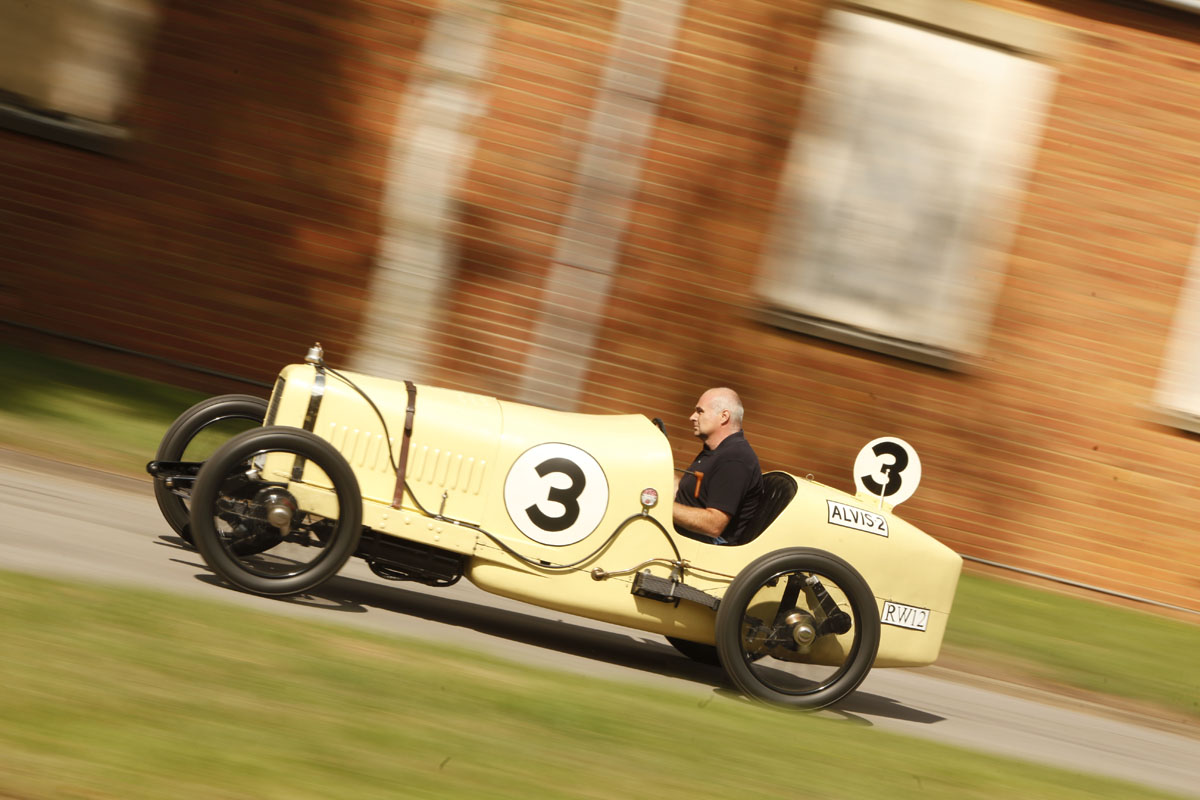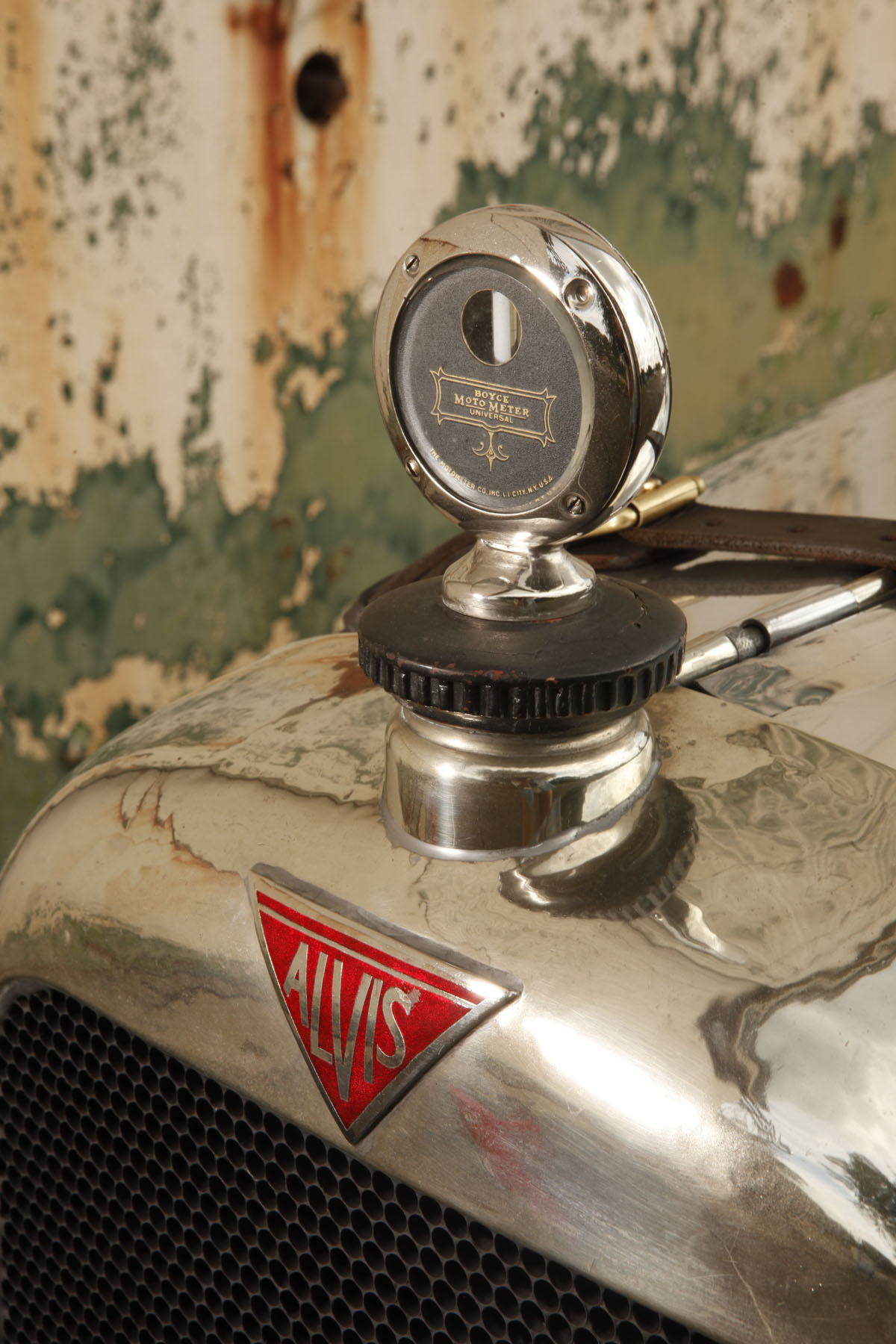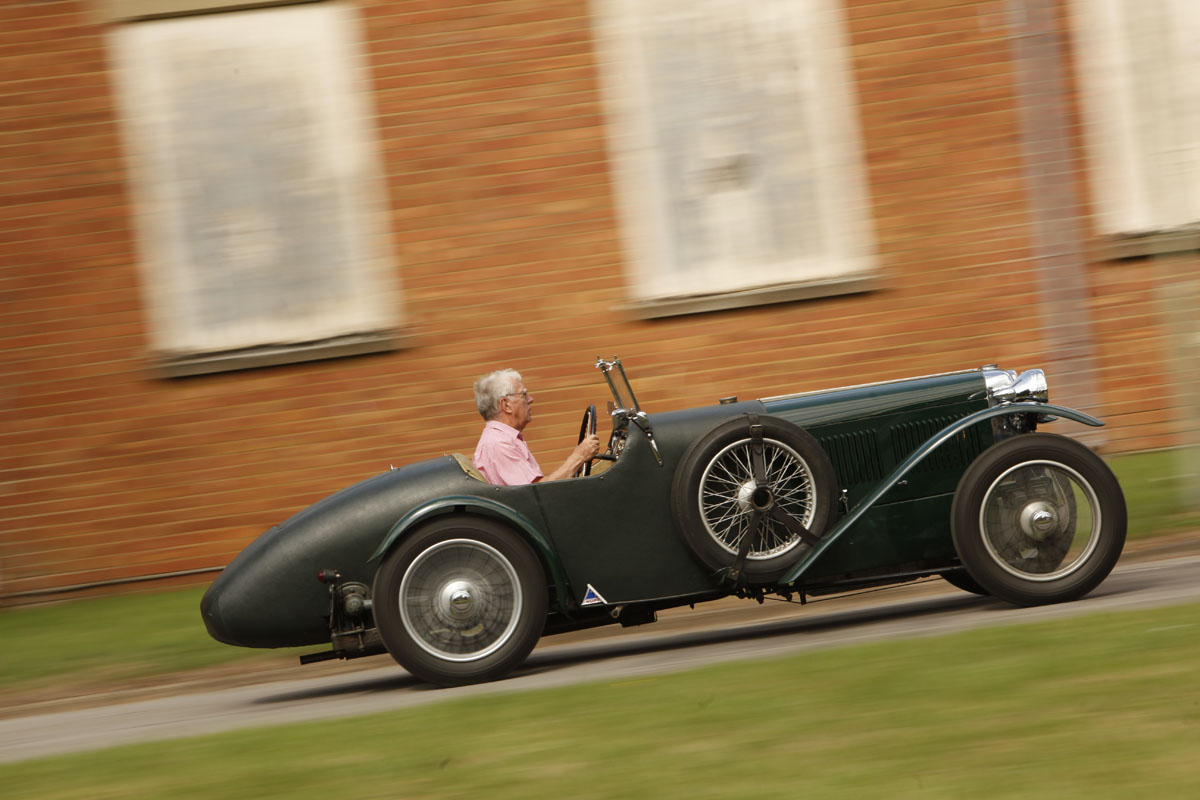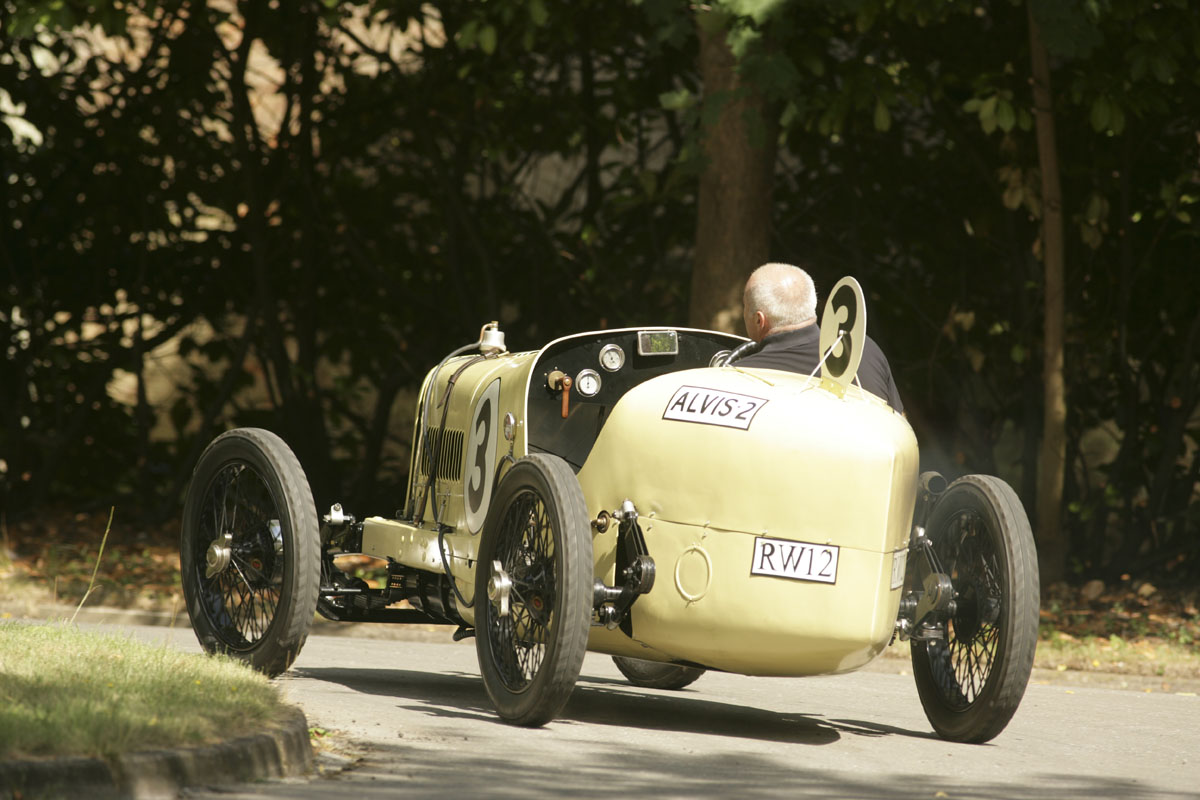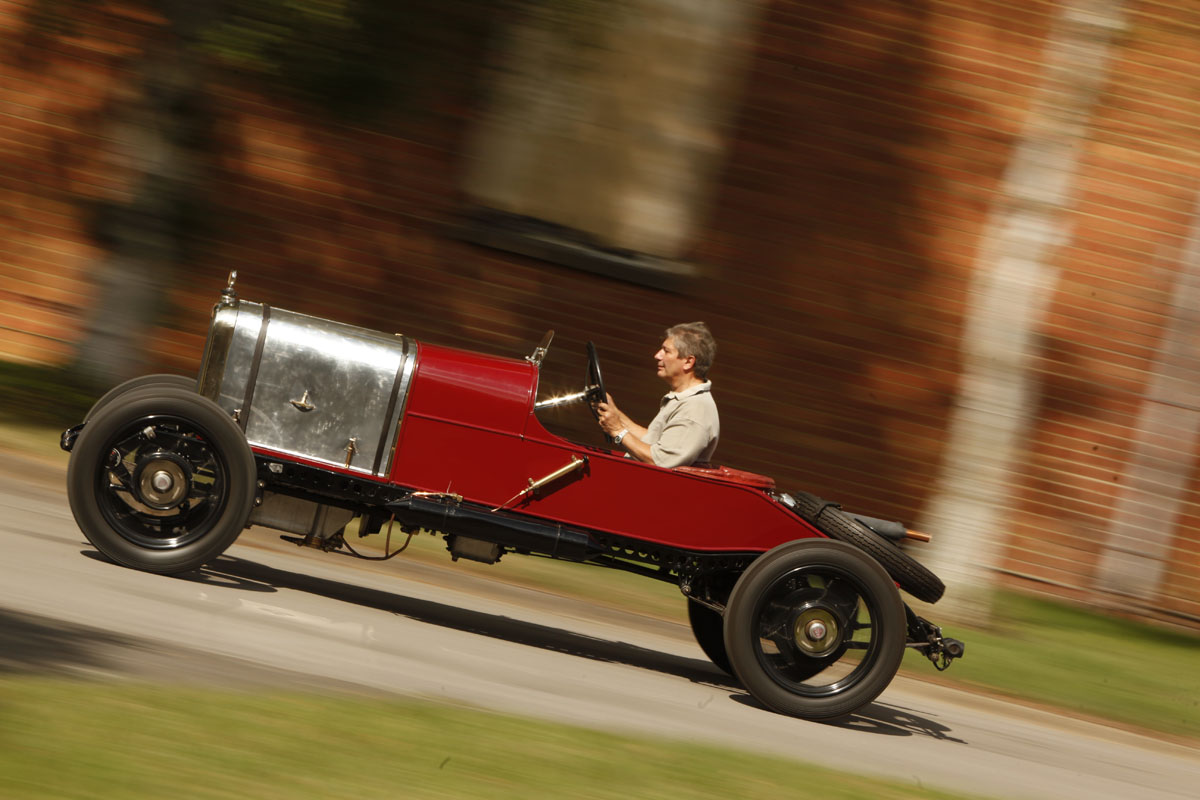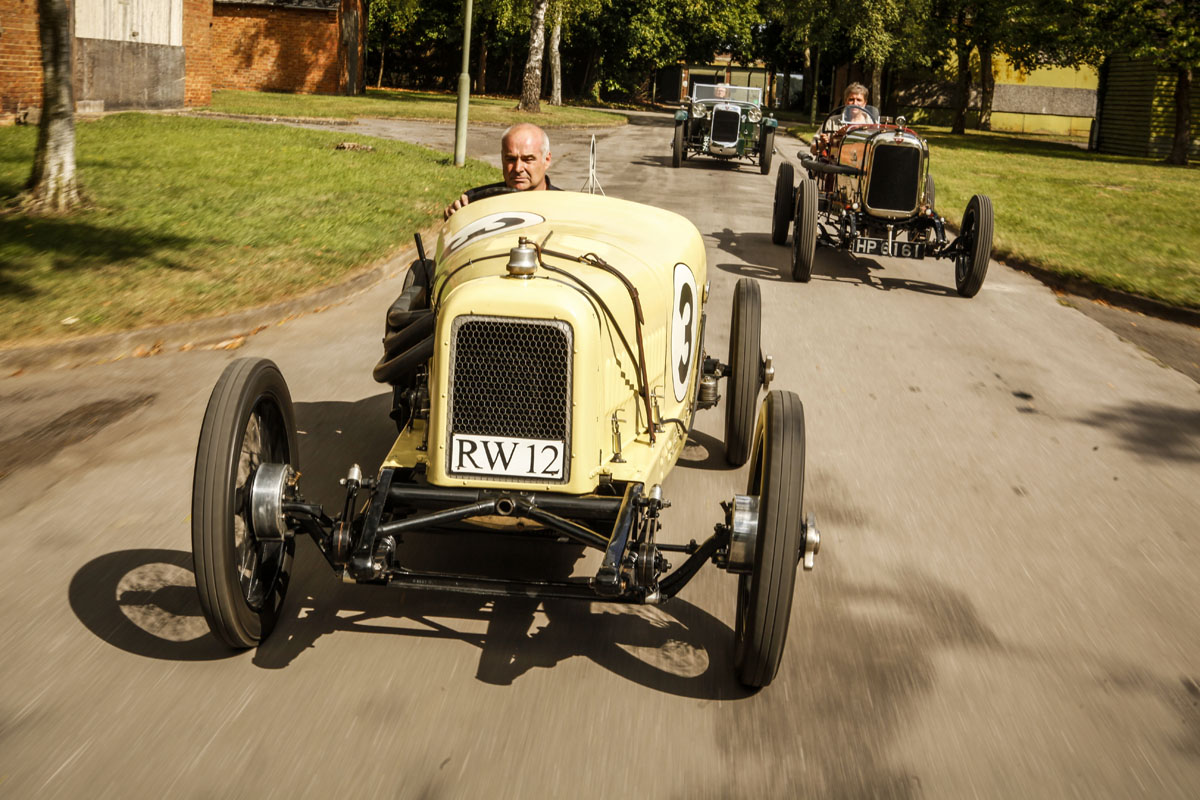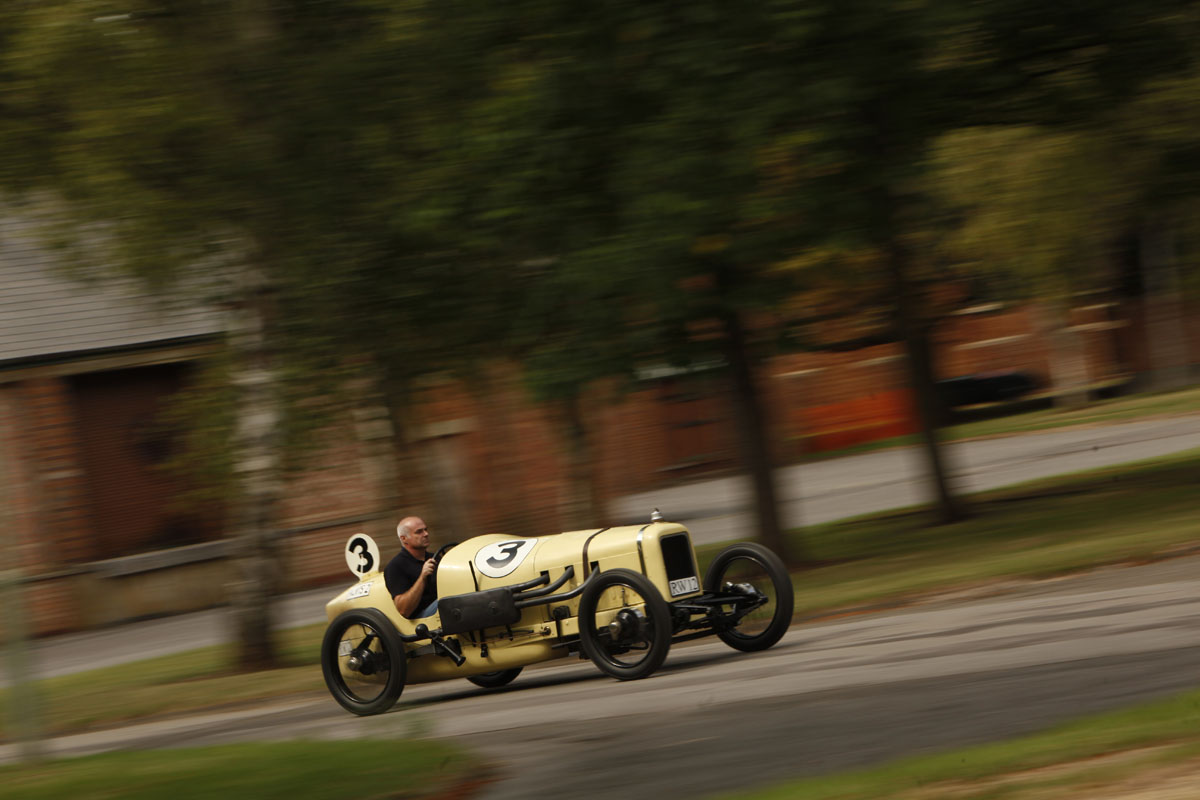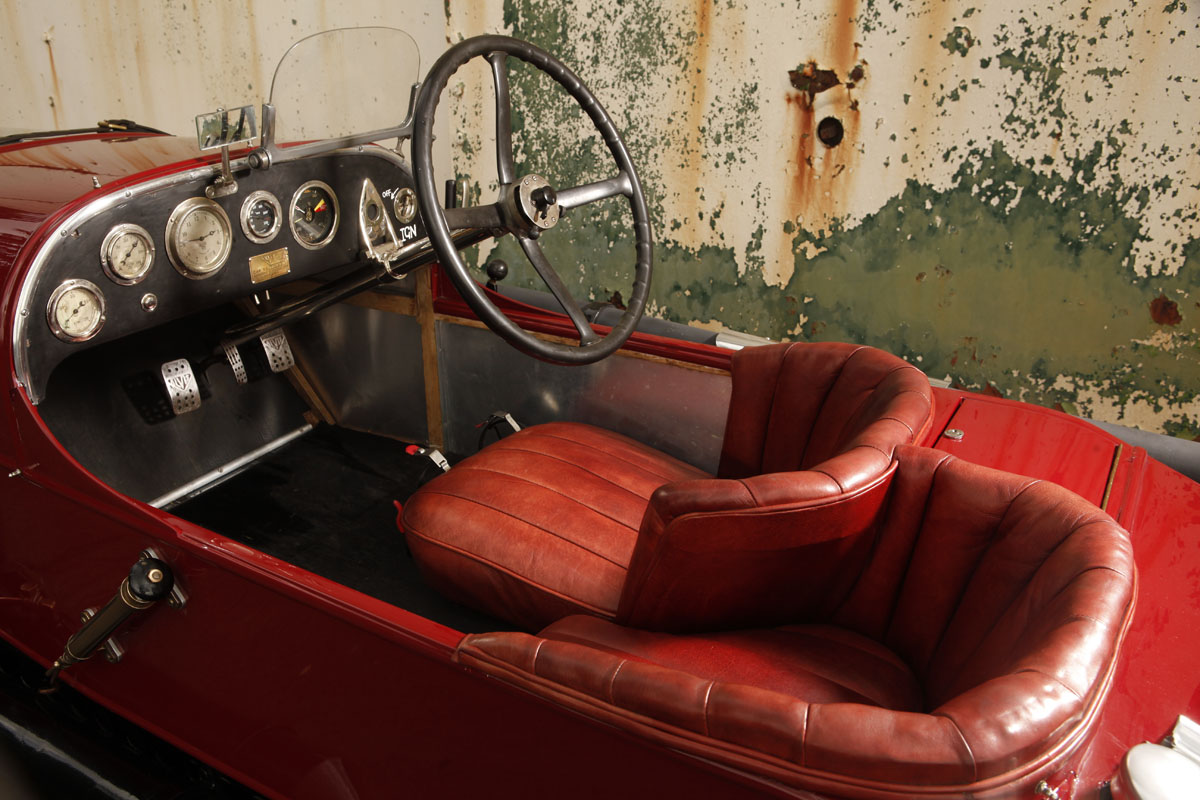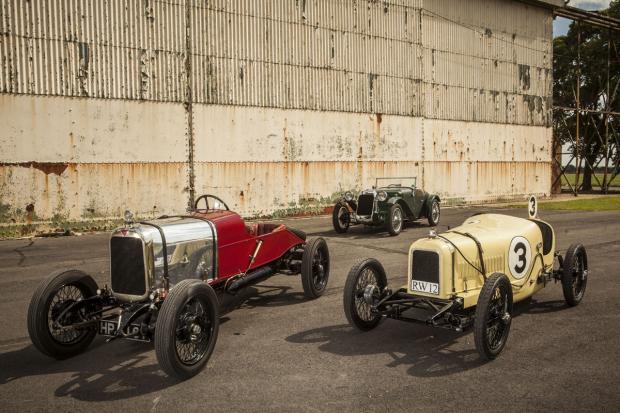
Motor sport in all its forms enjoyed great popularity and significance during the interwar years, with British manufacturers Bentley, MG and Sunbeam all known for their commitment to it. But Alvis also forged its early cars in the white heat of competition.
Despite early financial unrest, the firm's engineers – two of whom came from Daimler in 1922 – had their eyes firmly set on sporting success. From the Brooklands 200 Miles race to Le Mans and the UK hillclimb scene, lessons learned here would influence Alvis' road-car designs for many years.
C&SC's James Page charted the Coventry company's motor-sport success for the April 2014 issue of the magazine, driving three of its racing models along the way. We had too many great photos for the feature, so here is a selection of images that didn't make it into print.
From the early cars of 1923 (left) and 1924 (right) to the later Le Mans replica of Ian Horner (back), early Alvis models had a proud sporting heritage.
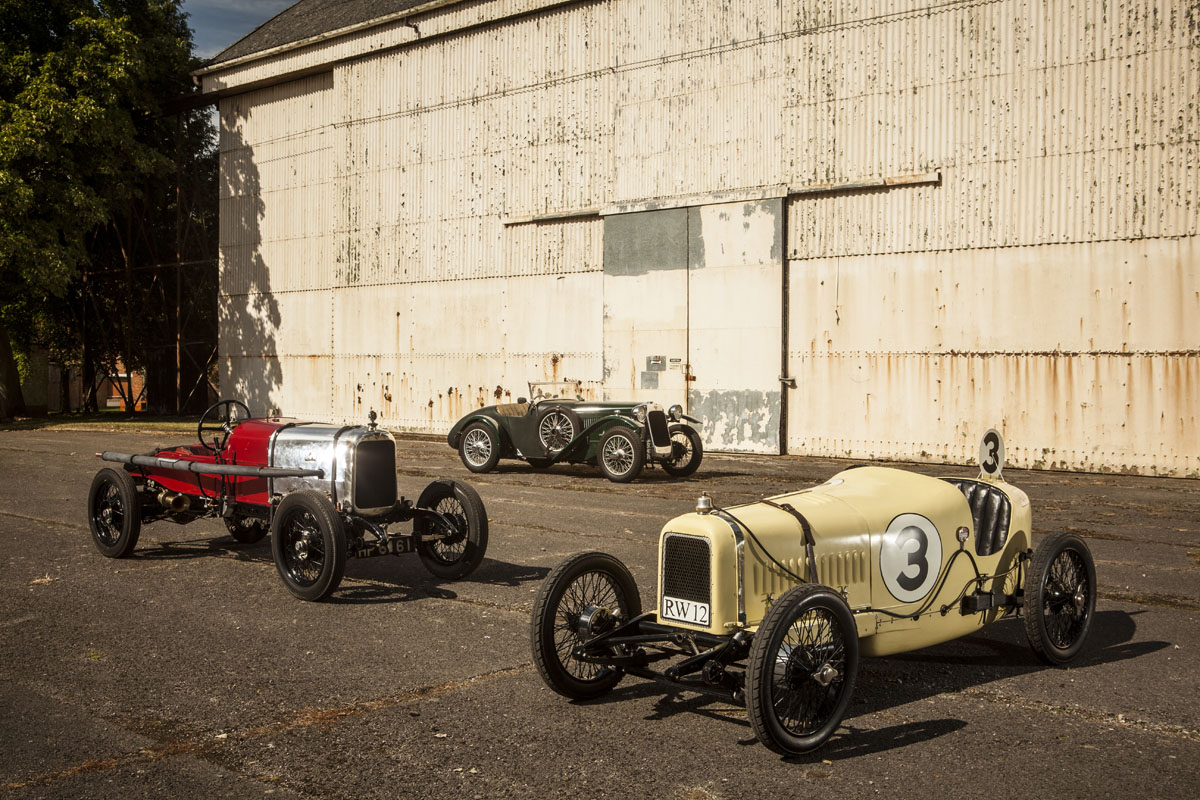
The engine in 'Number One' was based on that of the 12/50 road car, but relocated further back in the frame to aid weight distribution
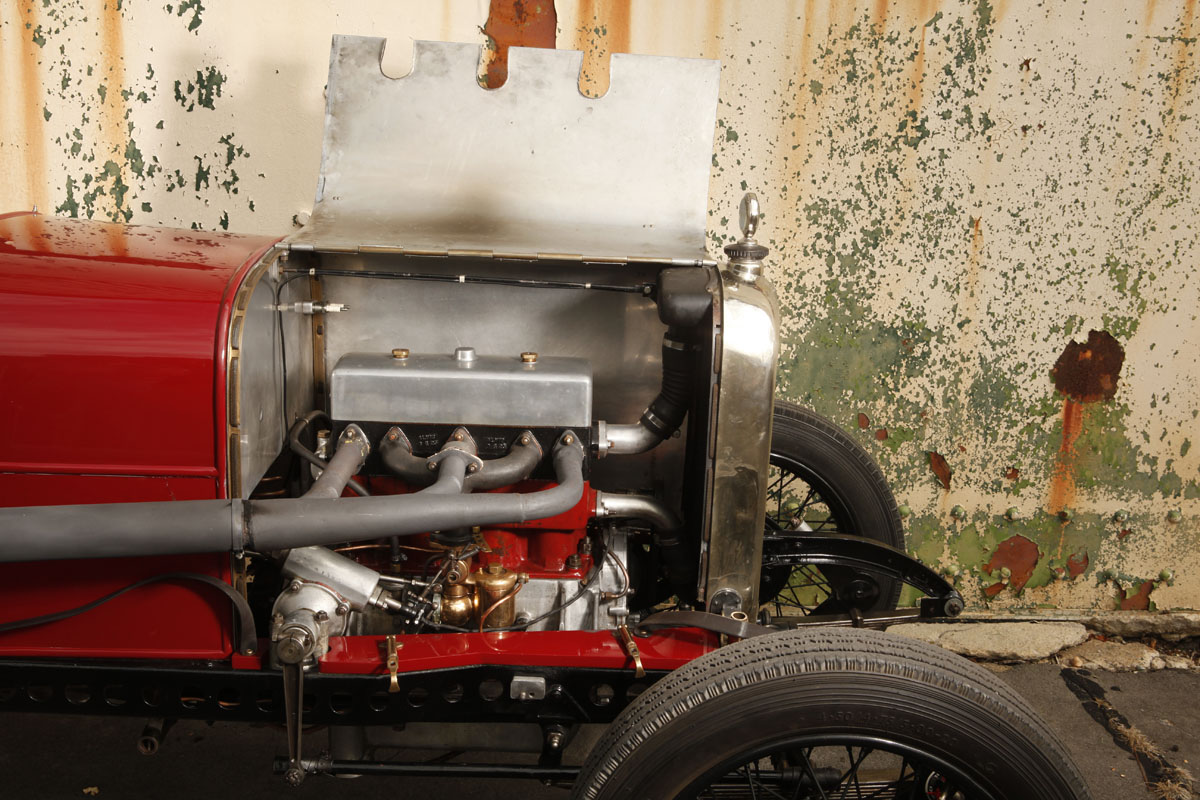
Tail-out action is easy to provoke in the direct-steering 1924 200 Miles car
